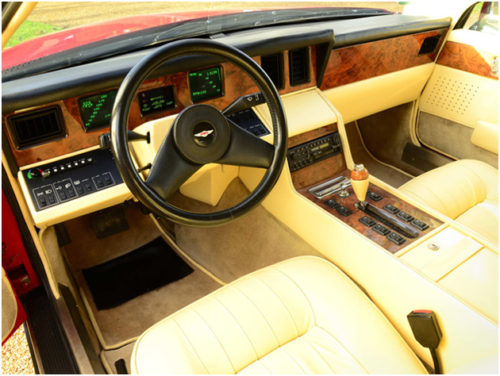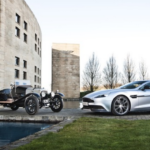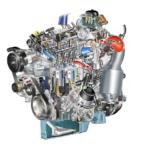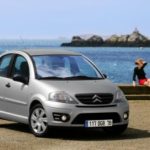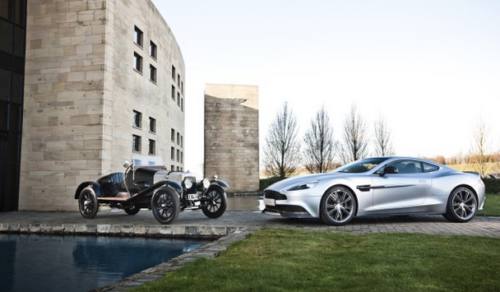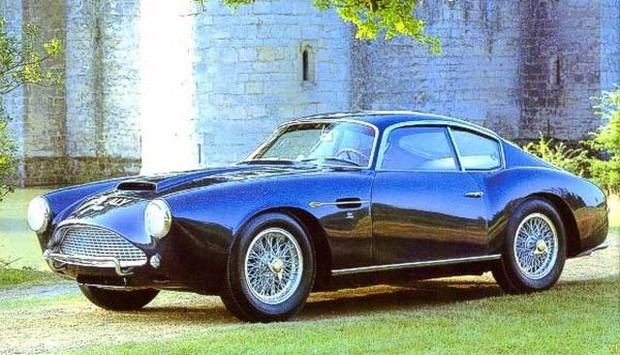Aston Martin Lagonda - Car History
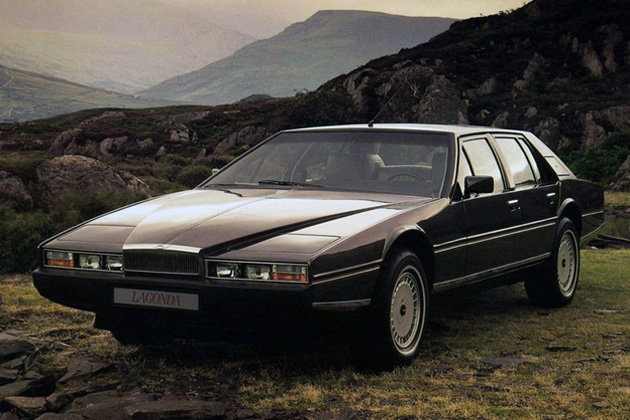
Aston Martin Lagonda
In the early 1970s, when it was on the verge of shutting down, Aston Martin introduced a car the audience had never seen before, and no later
Although it is considered a major failure today and can be found on all the worst car lists ever produced, the Lagonda sedan has kept the Aston Martin from ending up with the same fate as a number of sportsmans in the 1970s.
Aston Martin is one of the most famous British car companies. Founded in 1913 under the Bamford & Martin label, the Aston Martin gained great fame in the pre-war period by producing some of the best race cars in Europe. Serial production has always been limited and, similarly to Enzo Ferrari, the company’s main people were producing serial cars just to get approved for motor sport. The situation slowly changed after World War II, when tractor giant David Brown took over the company. He introduced the famous DB (David Brown) offer of 2 + 2 gran turismo cars that proved so popular that one of them became the main choice of the famous James Bond spy.
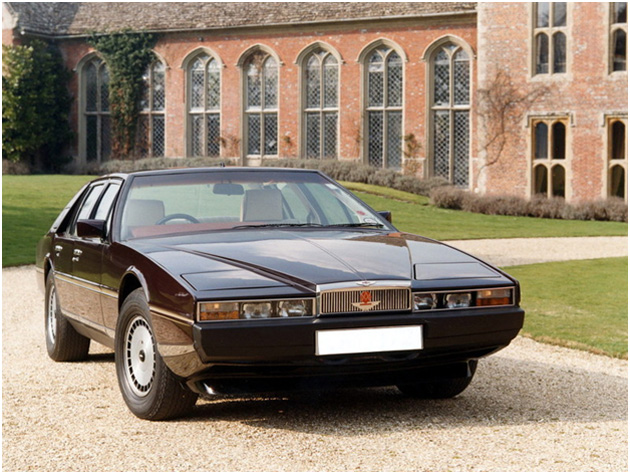
Aston Martin Lagonda
At the time David Brown acquired Aston Martin, this legendary businessman bought another troubled British vehicle manufacturer, Lagonda. This company was founded seven years before Aston Martin, and throughout most of its history has been mainly producing luxury cars. In 1947, after a difficult financial situation, Brown bought Lagonda and merged it with Aston Martin. At the outset, the Aston Martin Lagonda was nothing more than a level of equipment on the company's most expensive models, but in 1961 it got its first model, the Rapide, based on the Aston Martin DB4. The beautiful Italian independent car house Carrozzeria Touring from Milan took care of the beautiful design, and with a top speed of over 200 km / h, the Rapide was one of the fastest sedans in the world. Rapide survived production for only four years and then retired, and with the exception of a DBS-based prototype in 1969, audiences will never again see seeing the Lagonda as a standalone car.
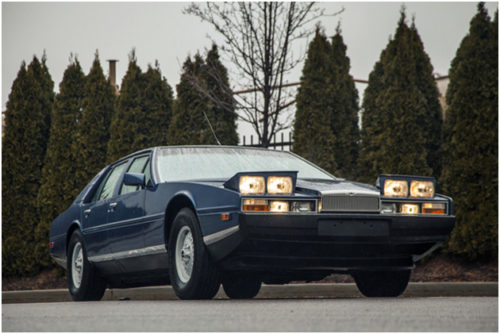
Aston Martin Lagonda
In the early 1970s, Aston Martin fell into a new financial crisis. Although DB cars were very popular and appreciated, their sales, due to the high price, were always limited. David Brown sold the company in 1972, and in the next few years Aston Martin will change several more owners. The company desperately needed a car that would attract the attention of customers and bring the much-needed financial injection. The famous British designer William Towns, who in the past designed Aston Martin DBS and Jensen Healey, was called in to help. He used a style known in the 1970s as "folder paper", and all lines were straight and sharp as if the whole car designed with a ruler. While opinions were divided on whether this design was beautiful or ugly, there is no doubt that everyone recognized it at first sight, and Aston Martin found itself in the center of attention overnight. During 1974, at the London Motor Show, the company introduced the Lagonda V8 concept and began accepting payment slips. This car was nothing more than an Aston Martin V8 with four doors, and the company announced even then that it would not be connected to the serial model.
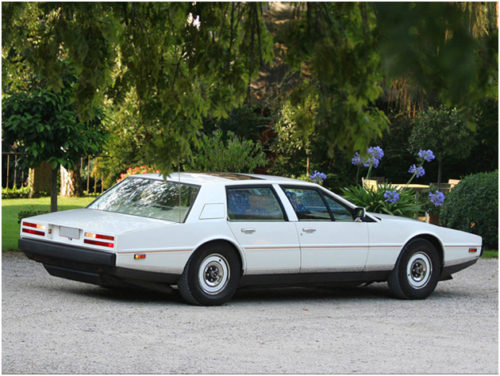
Aston Martin Lagonda
While many expected more aerodynamic lines to arrive on a production car, this did not happen, and it was very much like an early concept. This is not to say that this car had some major flaws. The first batch of seven cars was manufactured from 1974 to 1975, mostly because each copy was assembled by hand and the company had no finances to increase production. The Lagonda was powered by a 5,3-liter V8 engine with 280 hp and 408 Nm of torque, which was enough to accelerate to 100 km / h in 6,2 seconds and top speed of 240 km / h. It indicated that the Aston Martin Lagonda was one of the fastest sedans in the world, but it was not without its critics.
Mana - Chrysler automatic transmission
The standard five-speed manual transmission received solid ratings, but much criticized was the optional three-speed automatic, which was purchased from Chrysler. When it was added that the weight of the vehicle was two tons, as well as that the engines were still with the carburetor, consumption could amount to up to 30 liters per 100 kilometers. The interior, on the other hand, was digital, with comfortable seats and a wealth of equipment choices, so journalists had words of praise for the ride.
Aston Martin announces the Series 2 for 1976, having received the necessary funding for large-scale production. The company said more production will arrive soon and that potential buyers will not have to wait for a longer period to deliver the car.
On the design side, the Series 2 didn't look much like the Series 1 and was quite reminiscent of the early concept, but could also come with special equipment such as LED headlights (very few customers opted for this option). The Series 2 also had the same 5,3-liter V8 engine as its predecessor, but while the European version retained 280hp, American models developed 240hp because of new exhaust standards. The US versions were also slightly heavier due to greater security measures, and therefore slower. The acceleration to 100 km / h was 8,8 seconds with a top speed of 230 km / h. With a starting price of £ 50.000, the Aston Martin Lagonda was certainly not a cheap car, and although Aston Martin announced production would increase rapidly, the first specimens were shipped to customers in 1979. Much like the early prototype, the audience is this time too. had variable opinions at the expense of design. Some praised him, others criticized him, but as long as the audience talked about him and bought him, Aston Martin had no reason to be dissatisfied. The media received special praise for the spacecraft-like interior, but criticized Chrysler's three-speed automatic transmission (which was the only option) as outdated compared to the rest of the car. Additional criticism also went to the price. When Aston Martin Lagonda was unveiled, Aston Martin promised a starting price of £ 20.000, but it jumped to £ 50.000 by the time the car appeared in series production. Not only was this more than any Aston Martin sport, but more than Rolls-Royce Silver Wraith II, then one of the most luxurious cars in the world. The first copy was sold to the company director in April 1978, and by 1986, which would be the last year for the Series 2, 462 copies were shipped worldwide. Its owners were all those who wanted to differentiate themselves, but also those who were proud to buy UK products at a time when German competition was beginning to dominate Europe.
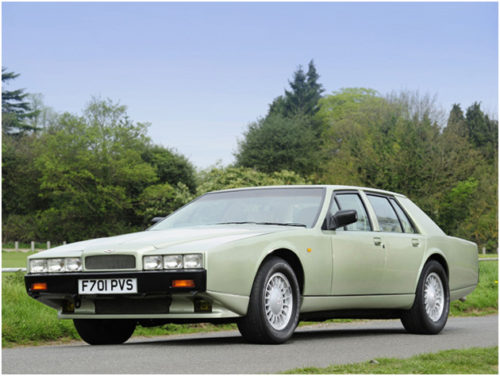
Aston Martin Lagonda
The Series 3 debuted at the New York Auto Show in 1986, but it hasn't changed much in design. The biggest change was under the hood where the 5,3-liter V8 engine received direct fuel injection, boosting power to 305 hp in Europe, but US versions continued to deliver just 240 hp.Series 3 survived only 14 months and 76 copies were sold in that period. When the Series 4 debuted at the New York Auto Show in 1987, audiences were already fed up with Lagonda's electrical problems, and the once-advanced design was slowly beginning to show years. With the exception of a few design changes, the Series 4 has not changed compared to its predecessor, and when production stopped in January 1990, only 98 units were sold.
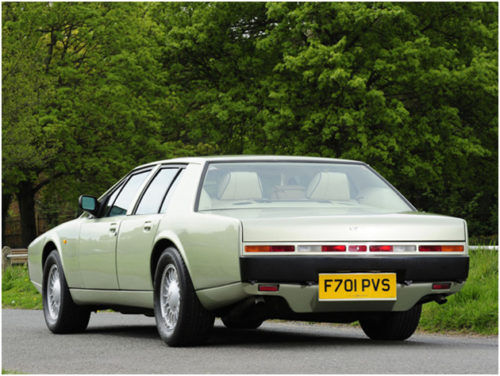
Today, Aston Martin Lagonda provokes changing opinions as it was presented. The small number of specimens produced does not make it a classic, but one in four sedans can exceed the figure of 200.000 euros. The Swiss company Roos Engineering also produced one station wagon, but it was never in series production. Twenty years after Lagonda, the Aston Martin retook the premium sedan when the Rapide debuted, but it never justified its high expectations. At the time of writing, the company is working on a modern retro design Lagonda that will only be available to wealthy Middle Eastern buyers. Although Aston Martin is significantly more financially stable today, we can only hope that the British vehicle maker does not expect Lagonda to save the company again after failing with Rapide.
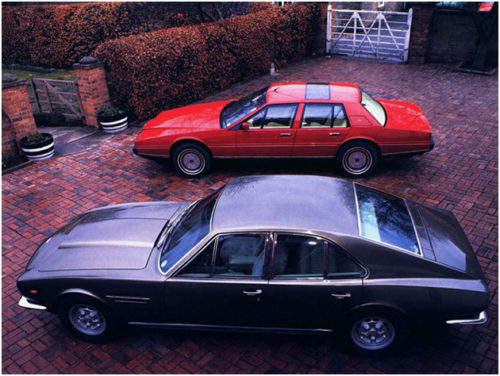
Text: Zoran Tomasovic
Retrieved from: www.vrelegume.rs
Recommendation of similar texts:

Hi there, I am Mladen and I am an auto enthusiast. I started this blog years ago to help like minded people share information about latest cars, car servicing ideas, used car info, exotic cars, and auto technology. You will find helpful articles and videos on a wide variety of cars - Audi, Mercedes, Toyota, Porsche, Volvo, BMW and much more. Ping us if you have anything cool to share on latest cars or on how to make older cars more efficient, or just want to say hi!

